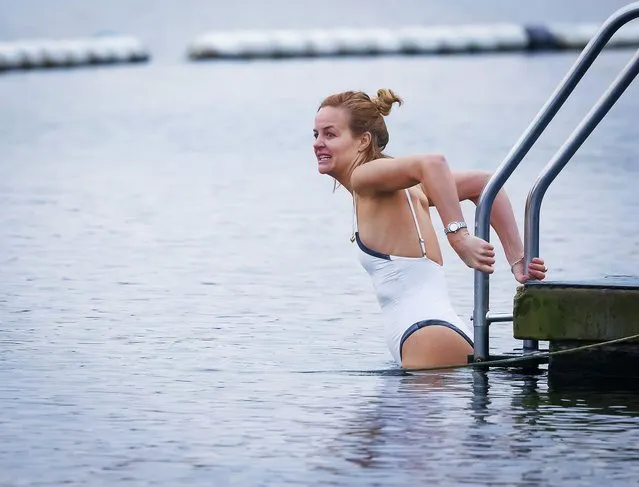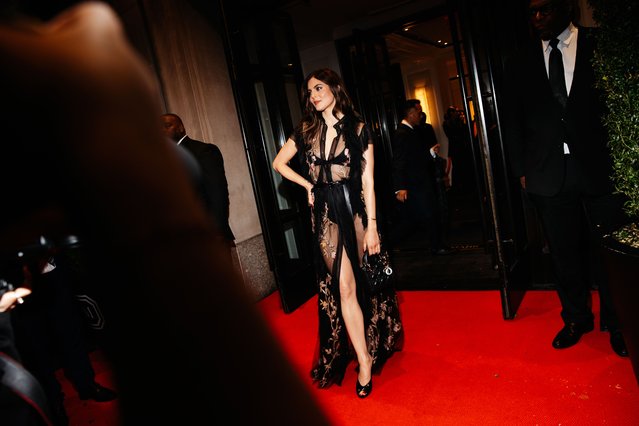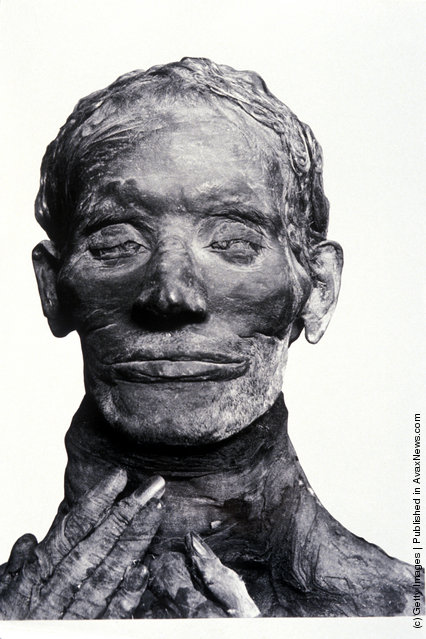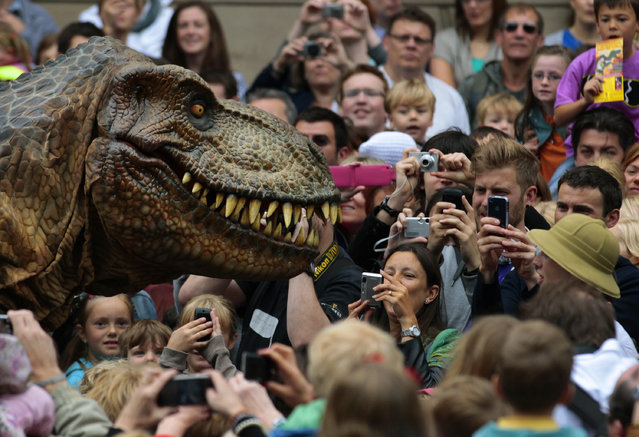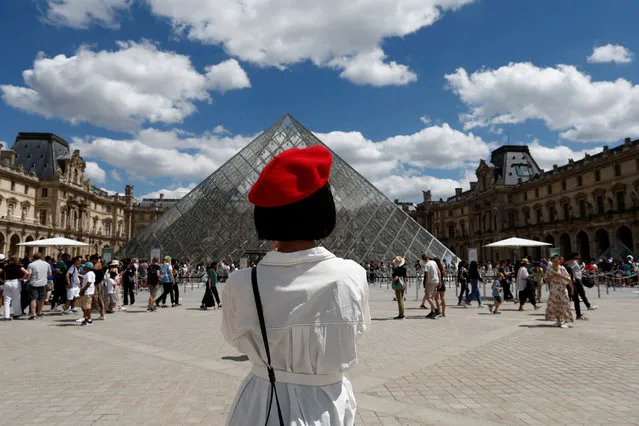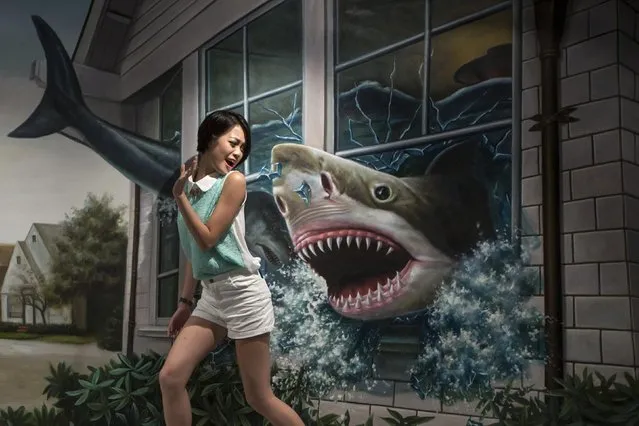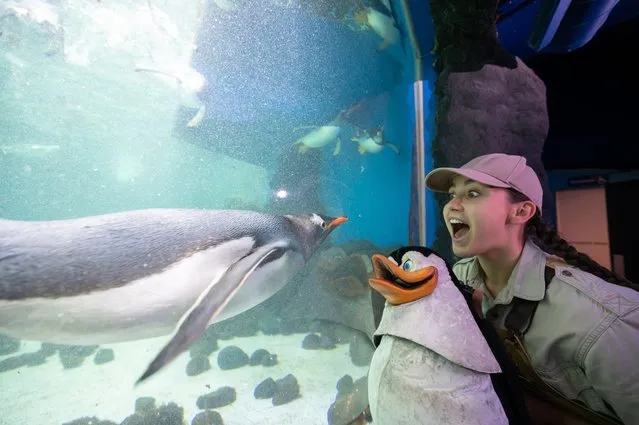
Cast member Gina Hutton at SEA LIFE Sydney Aquarium on December 02, 2022 in Sydney, Australia. King and Gentoo Penguins at SEA LIFE Sydney Aquarium met their puppet counterparts ahead of Madagascar The Musical's Australian premiere in Sydney. (Photo by Wendell Teodoro/WireImage)
12 Dec 2022 04:14:00,post received
0 comments

